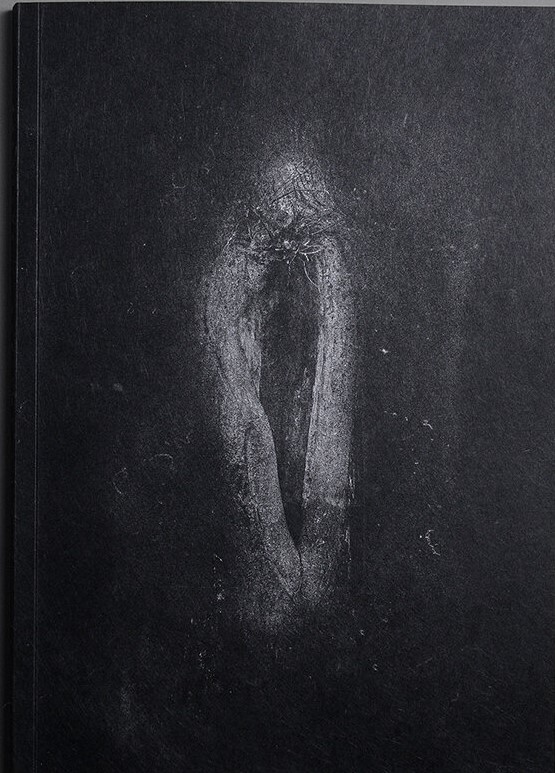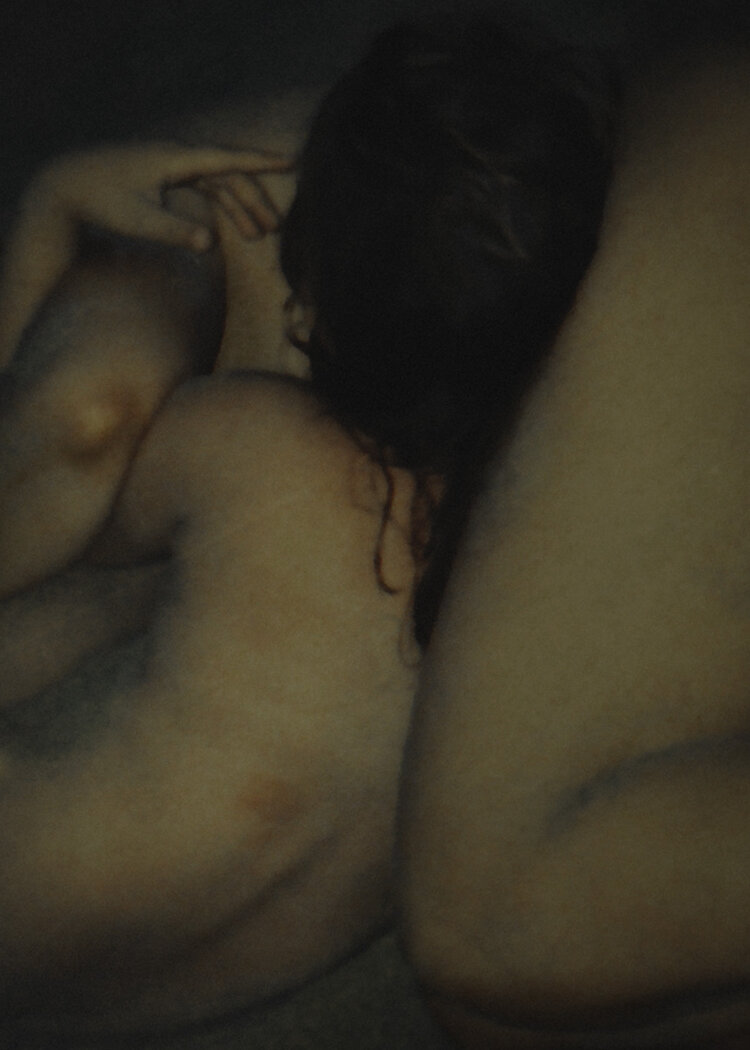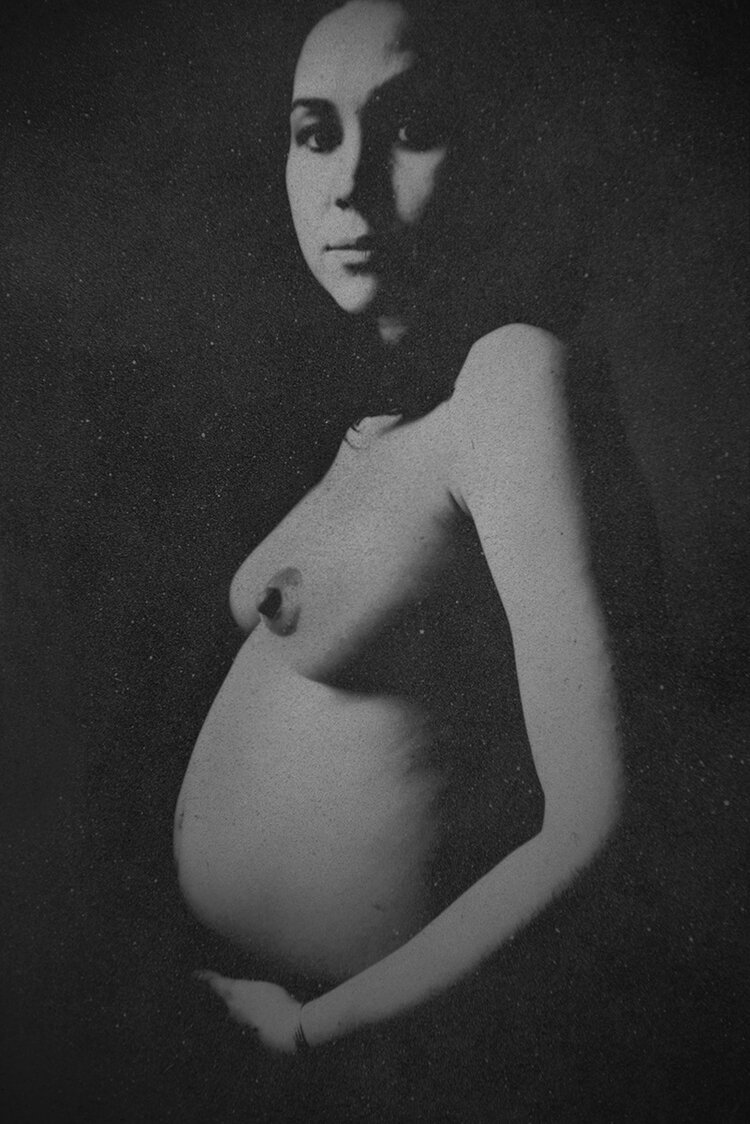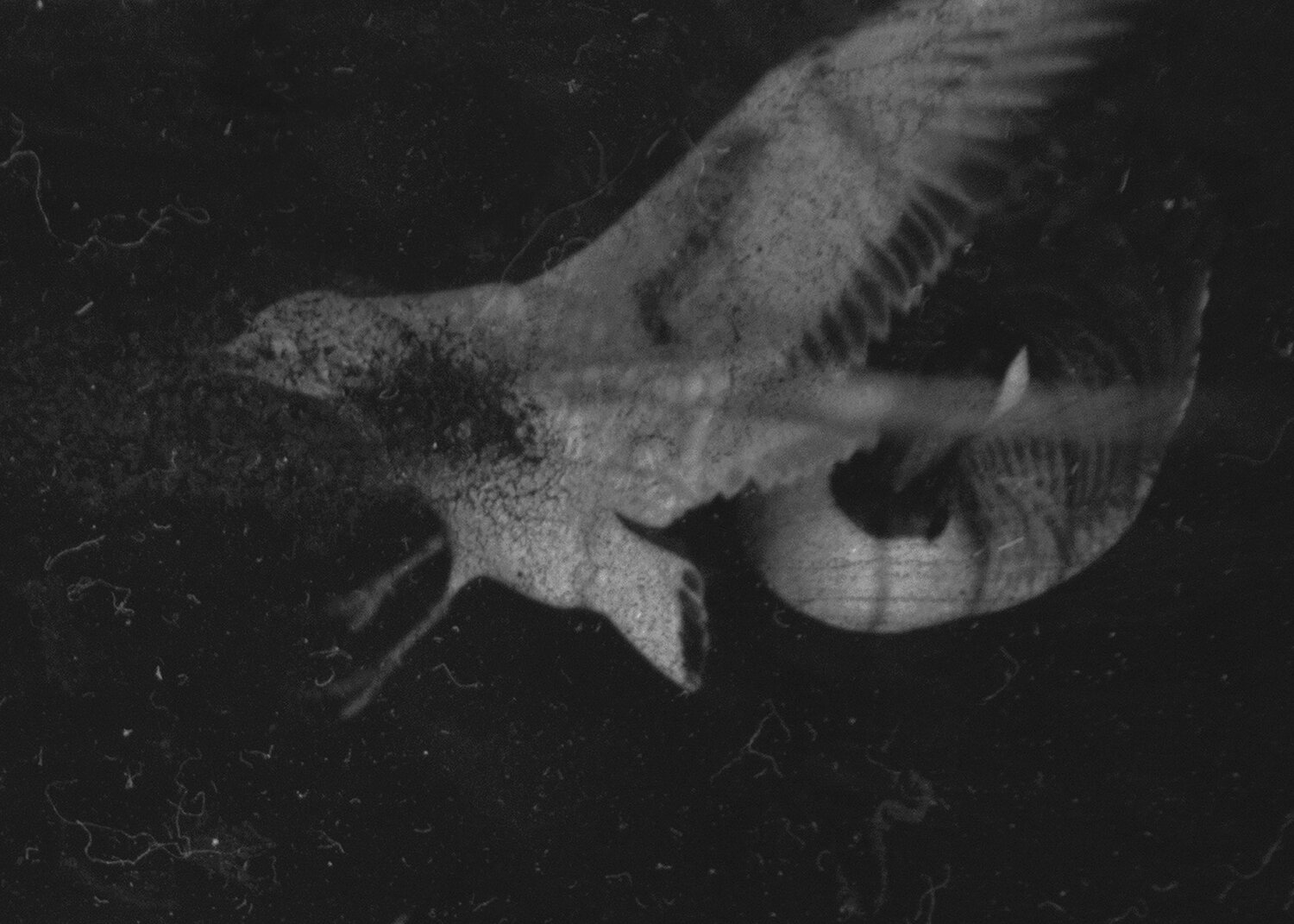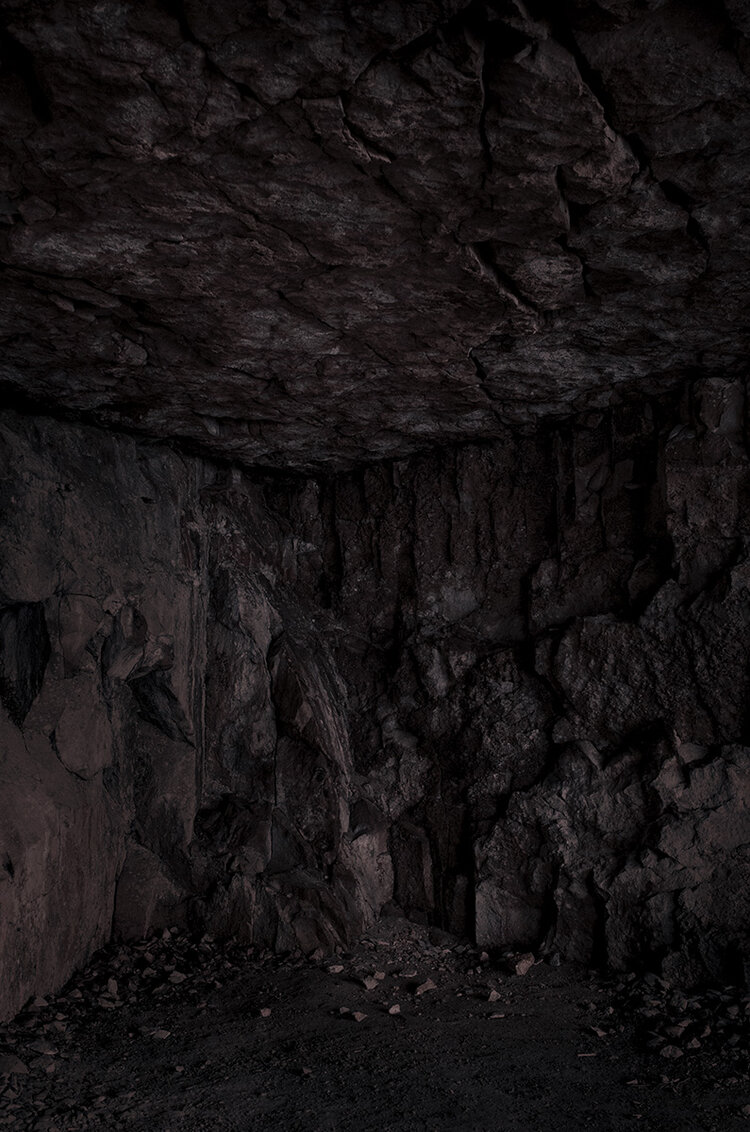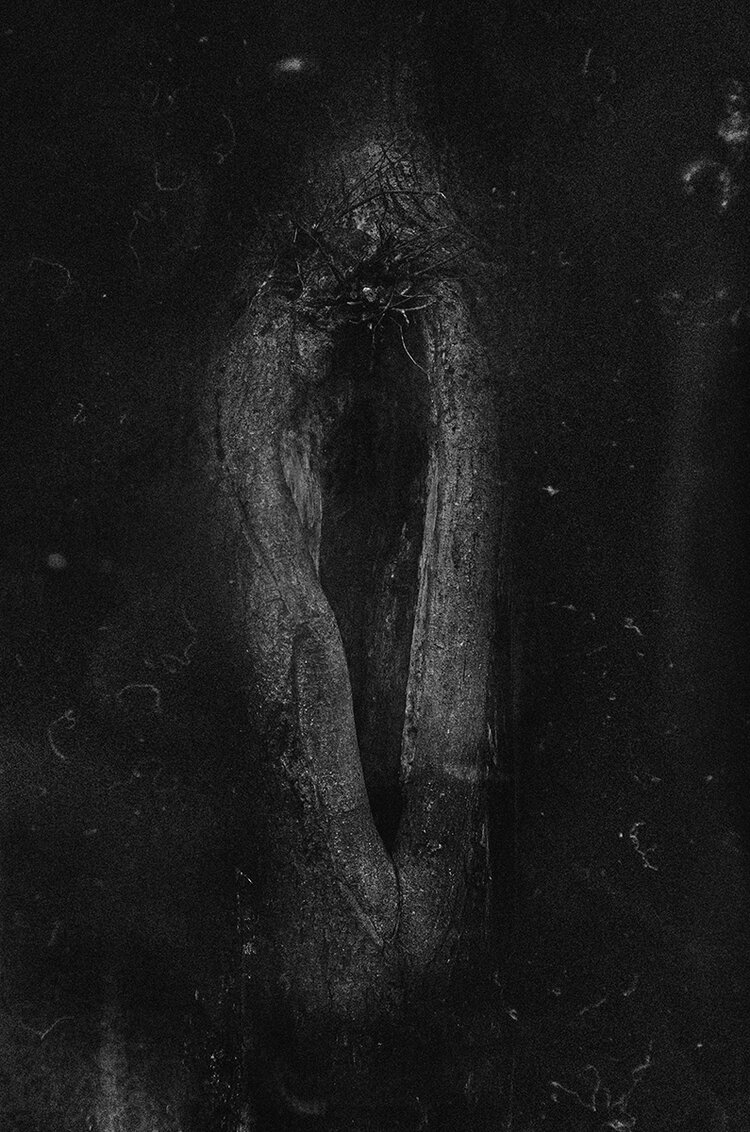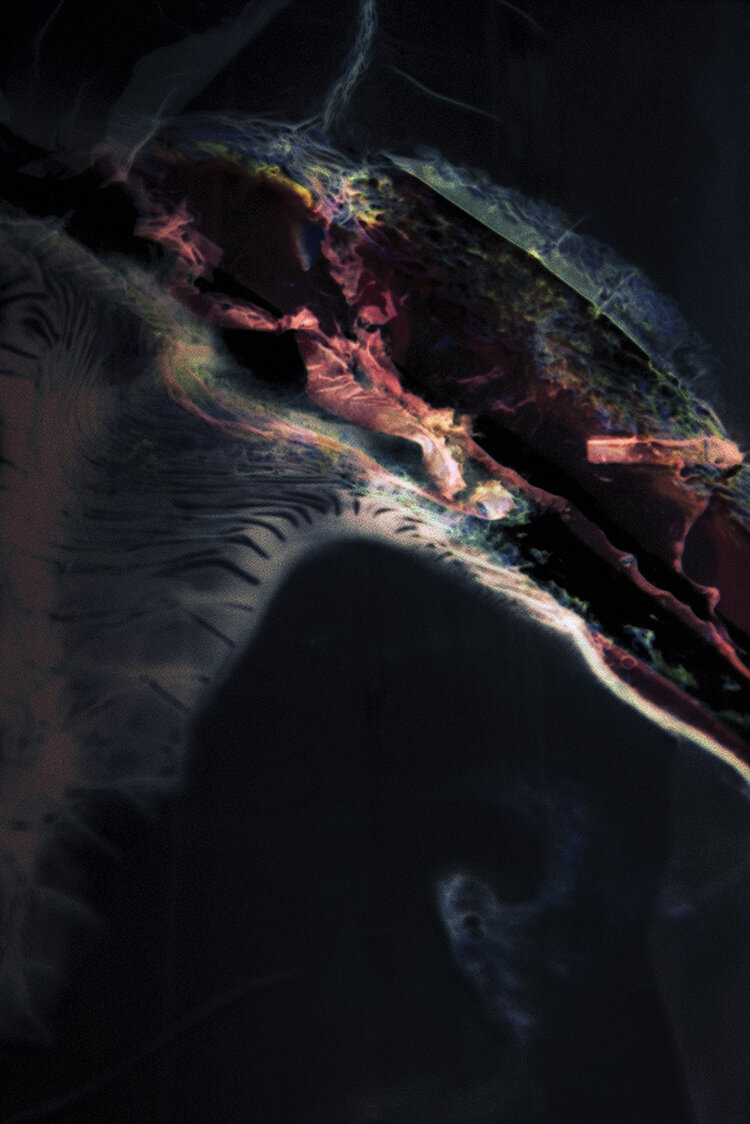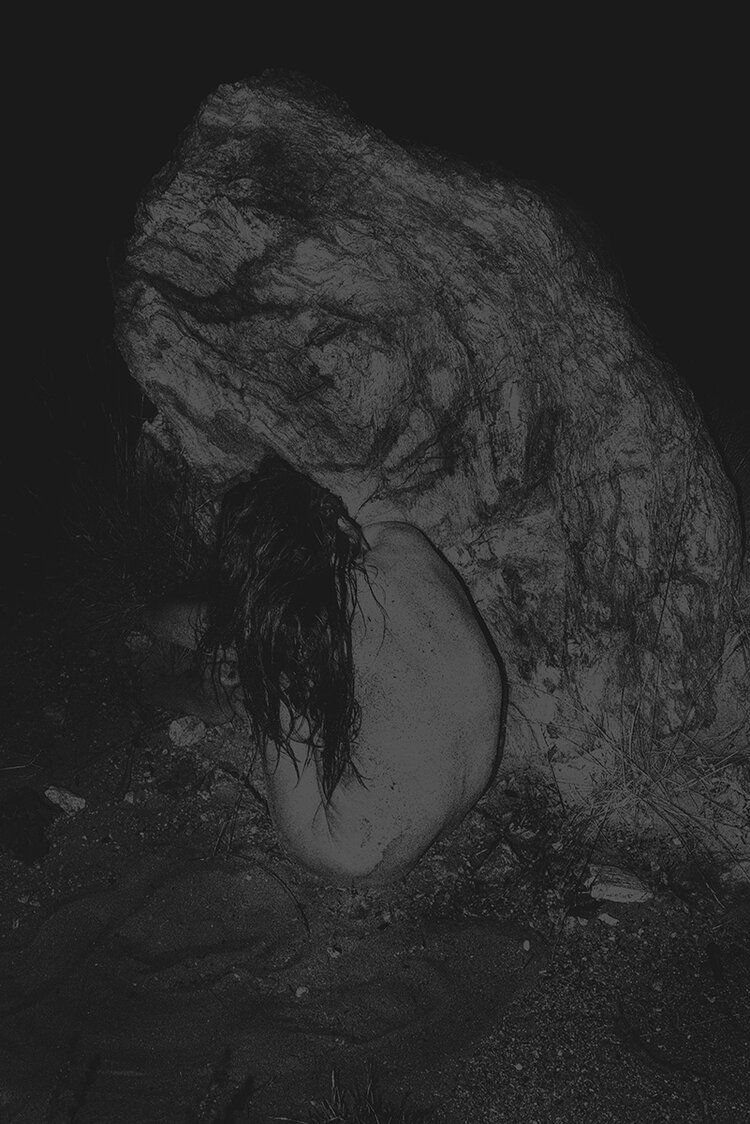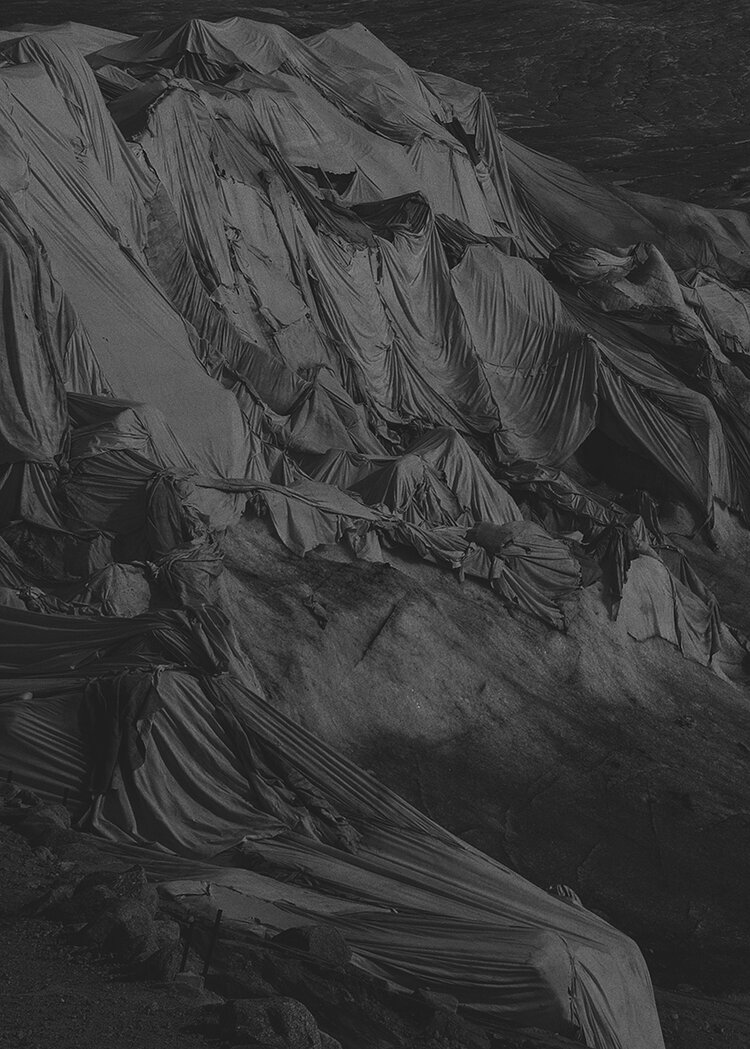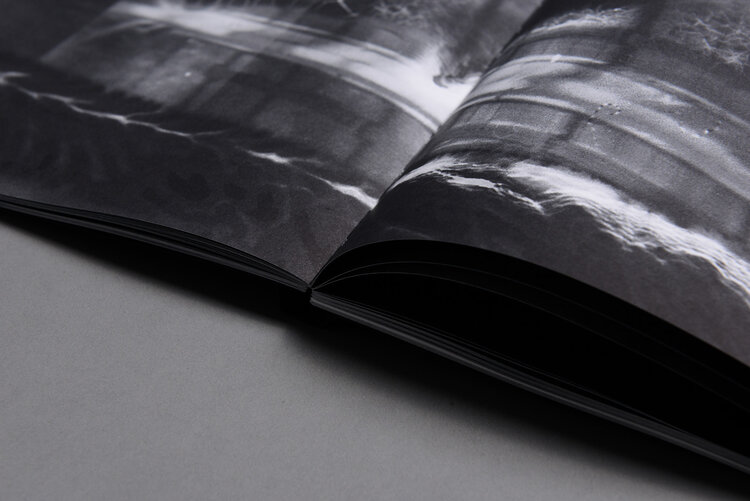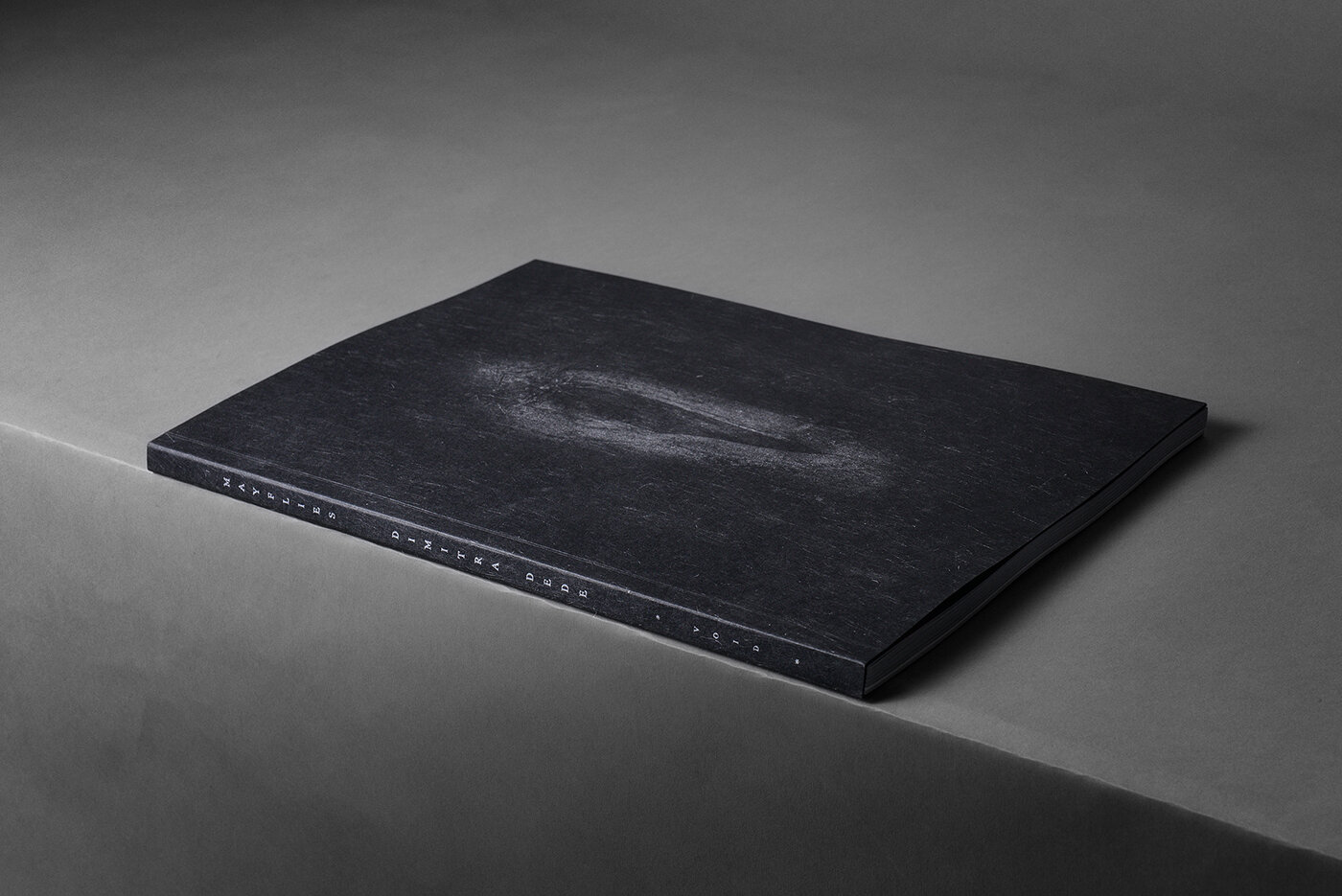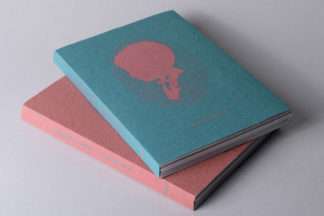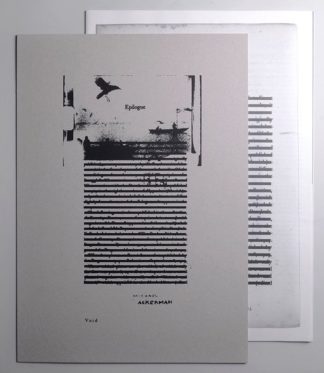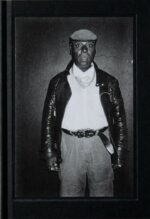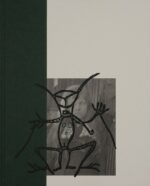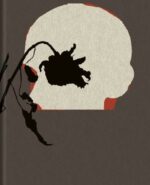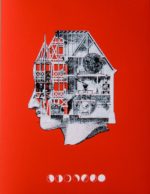1ère édition numérotée sur 500 exemplaires.
Après la perte de sa mère, l’artiste vit l’interruption de sa propre ligne du temps d’un côté tout en ayant à remplir son propre rôle de mère de l’autre. Dans ce but, la maternité dans l’univers de Dimitra Dede n’est pas seulement liée à la chaleur ou à la joie, mais aux surfaces de glace froides qui ont besoin de supporter la pression d’un monde surchauffé.
‘Mayflies dramatise le processus créatif du deuil. Grâce à de multiples mutations chirographiques de l’imagerie, l’expérience de la perte de couches entrelacées est représentée tout au long du travail.
Le traitement des images a été fait en utilisant des produits chimiques, de la cire, du feu ou en peignant sur des négatifs ou des impressions.
L’artiste éprouvant sa propre lente décoloration du monde, veut s’ajouter dans la matière de deuil, apportant la question universelle à son propre petit cosmos. Son interférence dans les images les fait contenir « elle » dans chaque pièce ; photos en n.b. et en couleurs.
‘Mayflies’ is Dimitra’s first book. It was shortlised at the Unseen Dummy Award 2018 (Unseen Festival, Amsterdam).
After the loss of her mother the artist experiences the interruption of her own timeline on one end while having to fulfill her own role as a mother to the other end. In that end, motherhood in Dede’s universe is not connected only to warmth or joy but to cold, ice surfaces that need to stand the pressure of an overheated world.
‘Mayflies’ dramatises the creative process of mourning. Through multiple chirographic mutations of the imagery, the experience of loss in intertwined layers is represented throughout the work.
The treatment of the images has been done by using chemicals, wax, fire or by painting on negatives or prints.
The artist experiencing her own slow fading from the world, wants to add herself in the mourning matter, bringing the universal issue to her own small cosmos. Her interference in the images makes them contain « her » into each piece.
Opposed to how photographic prints are usually handled with care, caution, touched only with gloves, in a museological-archival-ish way, that makes the photo print something « solemn », the techniques the artist uses to produce her final pieces of work are violent ones, that give the impression that she leaves on them the imprint of her own body as a proof of her existence.
Dimitra’s violence turns the photo object into a vulnerable and somehow ill-varnished object.

